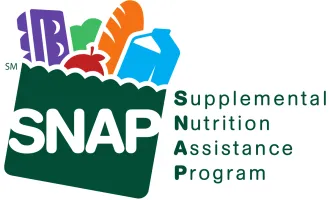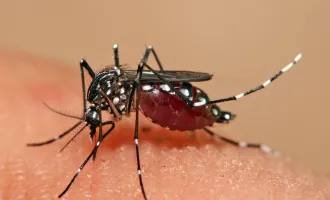It Takes Two: Academia and the Drug Industry (Part I)
The number of new drugs approved by the U.S. Food and Drug Administration per billion dollars spent by the drug industry on research and development has halved approximately every nine years since 1950.
Put another way, the cost of bringing a drug to market is soaring: Larger pharmaceuticals now spend at least $5 billion per chemical entity (Herper, 2013). Such low rates of return on investment have caused companies to drastically cut their own R&D departments and seek creative ways to bolster the efficiency of drug candidate development.
One strategy that is gaining momentum is partnerships with academic medical centers.
The Bay Area chapter of the Oxbridge Biotech Roundtable (OBR-Bay) recently invited local bio-entrepreneurship leaders to the University of California, San Francisco, to participate in a panel discussion of the conditions leading to the increase in academic-industry partnerships, current models for collaboration and projections for the future.
The panel consisted of Jeffrey Bluestone, Executive Vice Chancellor and Provost of UCSF; Corey Goodman, co-founder and Managing Partner of the investment firm venBio; Douglas Crawford, Associate Director of the QB3 Institute for Quantitative Bioscience; and Daria Mochly-Rosen, Director of the SPARK translational science program at Stanford University’s School of Medicine.
The discussion was moderated by OBR-Bay President Nick Mordwinkin.
Symbiosis: What can each side offer the other?
While the decreasing efficiency of industry R&D to bring new drugs to market is an important factor in the move towards greater collaboration with academia, it is not the whole picture.
Jeffrey Bluestone believes that the discovery strategy employed by the drug industry has probably also been a significant contributor, dating back to the sequencing of the human genome.
With the genome complete (or nearly complete), pharmaceutical companies thought all the hard work had been done, and all that remained was to make the drugs. Huge investments were made in robotics, high-throughput screening and scientific personnel, but such “non hypothesis-driven” research didn’t pay off as predicted.
The need is now being recognized for hypothesis-driven studies informed by basic science, which is a domain of expertise for academia.
Daria Mochly-Rosen believes that increased collaborations between industry and academia represent an evolution in our fundamental understanding of disease itself. Specifically, we now understand that some diseases we previously assumed to be the same for all patients — diabetes, cancer and heart failure, for example — are actually composed of many different diseases affecting smaller patient subpopulations.
While this might seem to complicate chances of developing a “universal” cure for anything, drugs indicated for smaller patient populations may actually be cheaper and easier to produce, thanks to the smaller clinical trial sizes that are required.
Clinicians already know that syndromes are not a single disease, says Mochly-Rosen, and basic science researchers could identify biomarkers and molecular events enabling patients to be matched with an identifiable syndrome. She believes that pharmaceuticals are just starting to recognize the ability of academic partners to help in this “divide and conquer” strategy.
Academic labs have suffered through years of an ever-decreasing National Institutes of Health budget, punctuated in 2013 by the initiation of sequestration. Even so, Bluestone does not believe that financial pressures are sending academics into the arms of drug companies.
Rather, academic scientists are beginning to realize that industry partners can offer other valuable resources, including access to compound libraries, proprietary screening technologies, and practical expertise in drug development and medicinal chemistry.
Mochly-Rosen says that academic researchers would benefit from better education about the drug development process, and that most underestimate the effort and expertise needed for translating basic discoveries to real drugs. Through direct interaction, both sides may be able to learn from each other.
This downward trend was dubbed “Eroom’s Law” by the authors of a 2012 Nature Reviews Drug Discovery review examining R&D efficiency in industry. “Eroom” is “Moore” spelled backward, an homage to Gordon E. Moore, co-founder of Intel, who famously predicted that the number of transistors fitting on an integrated circuit would double every two years. Moore’s Law held true from the 1970s up to at least 2010, but has been more generally used to describe the exponential growth of any technology.
This is the first article in a three-part series about partnerships between private industry and academia.


